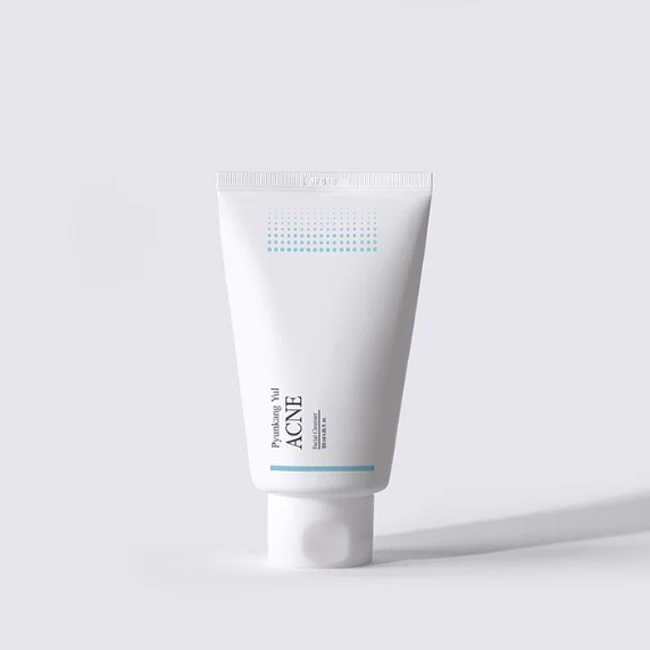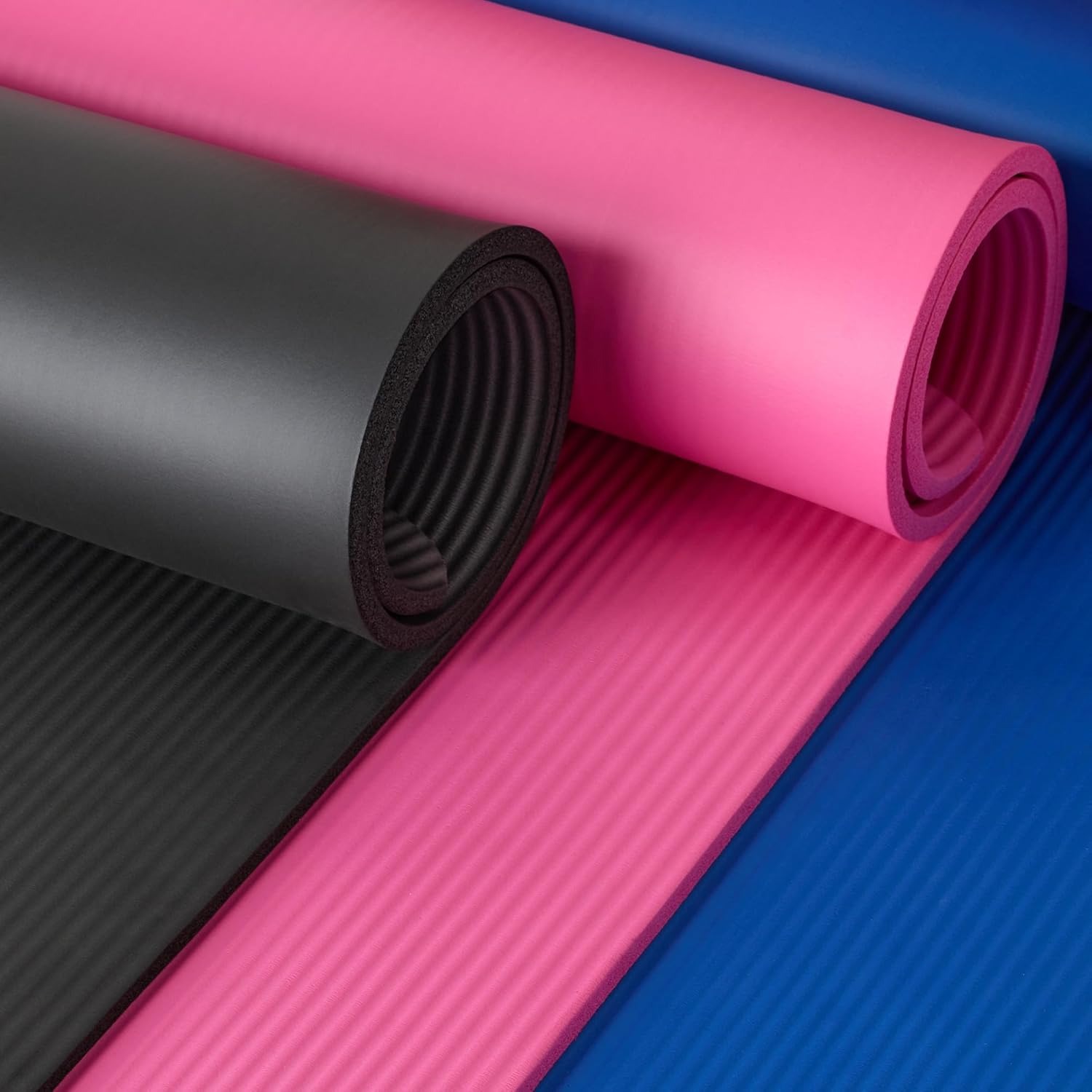Introduction to Acne and Its Causes
Acne can be a stressful skin condition, affecting people of all ages. It develops when hair follicles become clogged with oil and dead skin cells, leading to whiteheads, blackheads, and pimples. Several factors contribute to its formation including hormonal changes, diet, stress, and bacteria. Hormones, especially during puberty, pregnancy, or the menstrual cycle, play a significant role by increasing oil production in the skin. Facial cleanser for acne: Certain high-glycemic foods and dairy products might also exacerbate acne for some individuals.
Besides, stress doesn’t cause acne but can worsen it through hormone fluctuations. And lastly, the bacteria known as Propionibacterium acnes can thrive in the oily regions of the skin, contributing to the inflammation and redness associated with acne. Using the right facial cleanser for acne can help manage these factors by keeping pores clear and controlling oil levels.
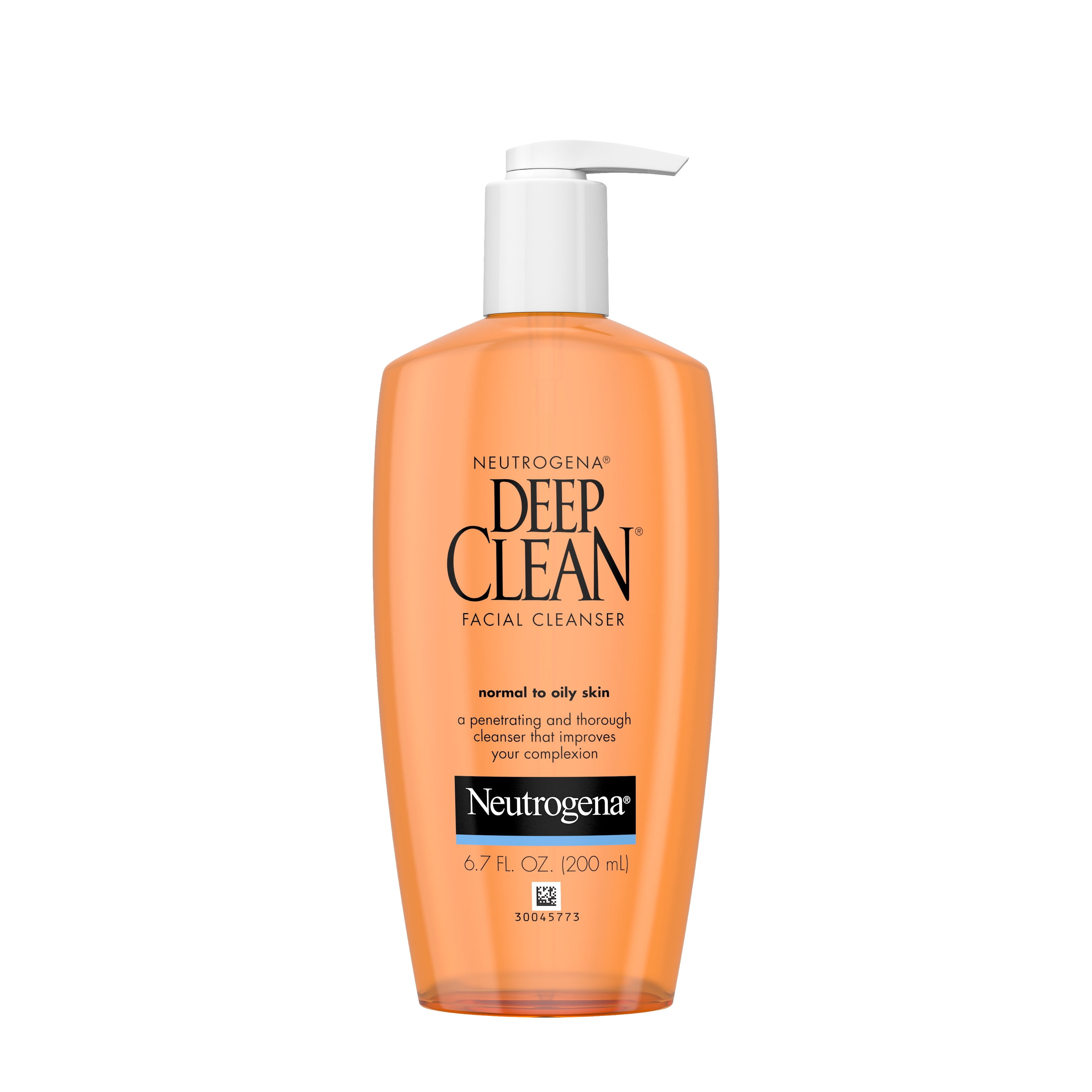
Key Ingredients to Look for in Acne-Fighting Cleansers
When searching for an effective facial cleanser for acne, it’s essential to know which ingredients are allies in your fight against breakouts. Here are a few key components that can make a significant difference in acne care:
- Salicylic Acid: A beta hydroxy acid that helps to dissolve the excess oils and exfoliate the skin. It can unclog pores and reduce swelling.
- Benzoyl Peroxide: This ingredient kills bacteria that cause acne. It also helps to remove dead skin cells and excess oil.
- Alpha Hydroxy Acids (AHAs): Including glycolic and lactic acid, AHAs work by exfoliating the outer layer of the skin, which can help prevent clogged pores.
- Sulfur: Less common but effective, sulfur helps remove dead skin cells and excess oil. It also dries out blemishes.
- Tea Tree Oil: Known for its natural antibacterial properties, tea tree oil can help to fight P. acnes bacteria.
- Niacinamide: A form of vitamin B3, it helps reduce inflammation and improve the appearance of enlarged pores.
- Retinoids: These vitamin A derivatives help to unclog pores and speed up cell turnover. They can promote a clearer skin over time.
Each of these ingredients targets acne in different ways, but they all serve the same purpose: to clear your skin and keep it healthy. Always check the labels for these powerful acne-fighting agents and consider your skin type when choosing the right facial cleanser for acne.
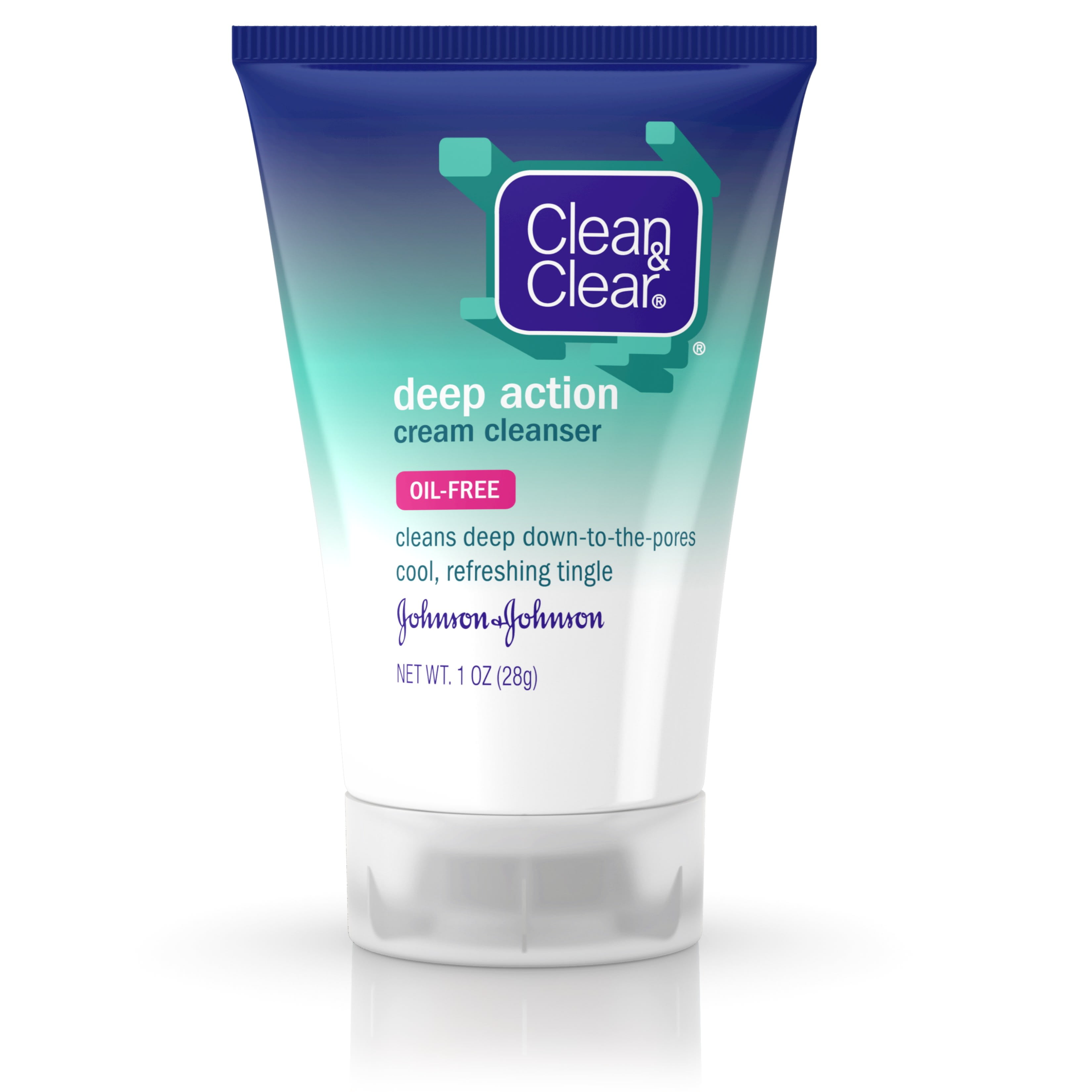
The Role of Salicylic Acid in Acne Treatment
Salicylic acid is a powerhouse in the arena of acne treatment. It acts deeply within pores, breaking apart dead skin cells and oil that can lead to acne. As a beta hydroxy acid, salicylic acid is oil-soluble. This property allows it to penetrate oily substances on the face, such as the sebum in pores, to exfoliate internally. By doing so, it prevents pimples and comedones from forming. Regular use of a facial cleanser for acne containing salicylic acid can diminish the recurrence of breakouts.
It also soothes inflamed skin, reducing redness and discomfort. For optimal results, consistency is key. A cleanser with 0.5% to 2% salicylic acid is generally effective and safe for daily use. Keep in mind that while salicylic acid is beneficial, overuse can dry out the skin. Therefore, it’s crucial to follow up with a non-comedogenic moisturizer. Incorporating salicylic acid into your acne skincare routine can significantly contribute to clearer, more balanced skin.
Benefits of Benzoyl Peroxide for Acne-Prone Skin
Benzoyl Peroxide stands out in acne treatment. It attacks acne-causing bacteria with force. By doing this, it lessens the number of breakouts. Beyond killing bacteria, it strips away dead skin cells. Deep within the skin, it fights oiliness too. For anyone battling acne, these benefits are crucial.
One unique trait is its ability to prevent antibiotic resistance. Bacteria find it hard to resist Benzoyl Peroxide’s effects. That means, over time, it stays effective. Used regularly, it keeps skin clearer and reduces severity.
Most facial cleansers for acne with Benzoyl Peroxide come in different strengths. From 2.5% to 10%, you can choose what suits your skin. A lower percentage works well and is gentler. But for tougher cases, a higher concentration can be more effective. Always start low to see how your skin reacts. Apply it to the affected areas once or twice daily, as your skin can tolerate.
When using Benzoyl Peroxide, expect some dryness. It’s usually a sign it’s working. But always balance this with a good moisturizer. Choose one that is oil-free to avoid clogging pores. And remember, a little goes a long way. Too much can irritate the skin.
Lastly, Benzoyl Peroxide can bleach fabrics. So be careful with towels and clothes when applying. Always wash your hands after using it. This keeps other materials safe from bleaching.
In summary, Benzoyl Peroxide is a strong ally for acne-prone skin. It clears bacteria, removes excess oils, and exfoliates. It’s important to use it correctly for the best results. Combine it with the right moisturizer for a balanced skincare routine.
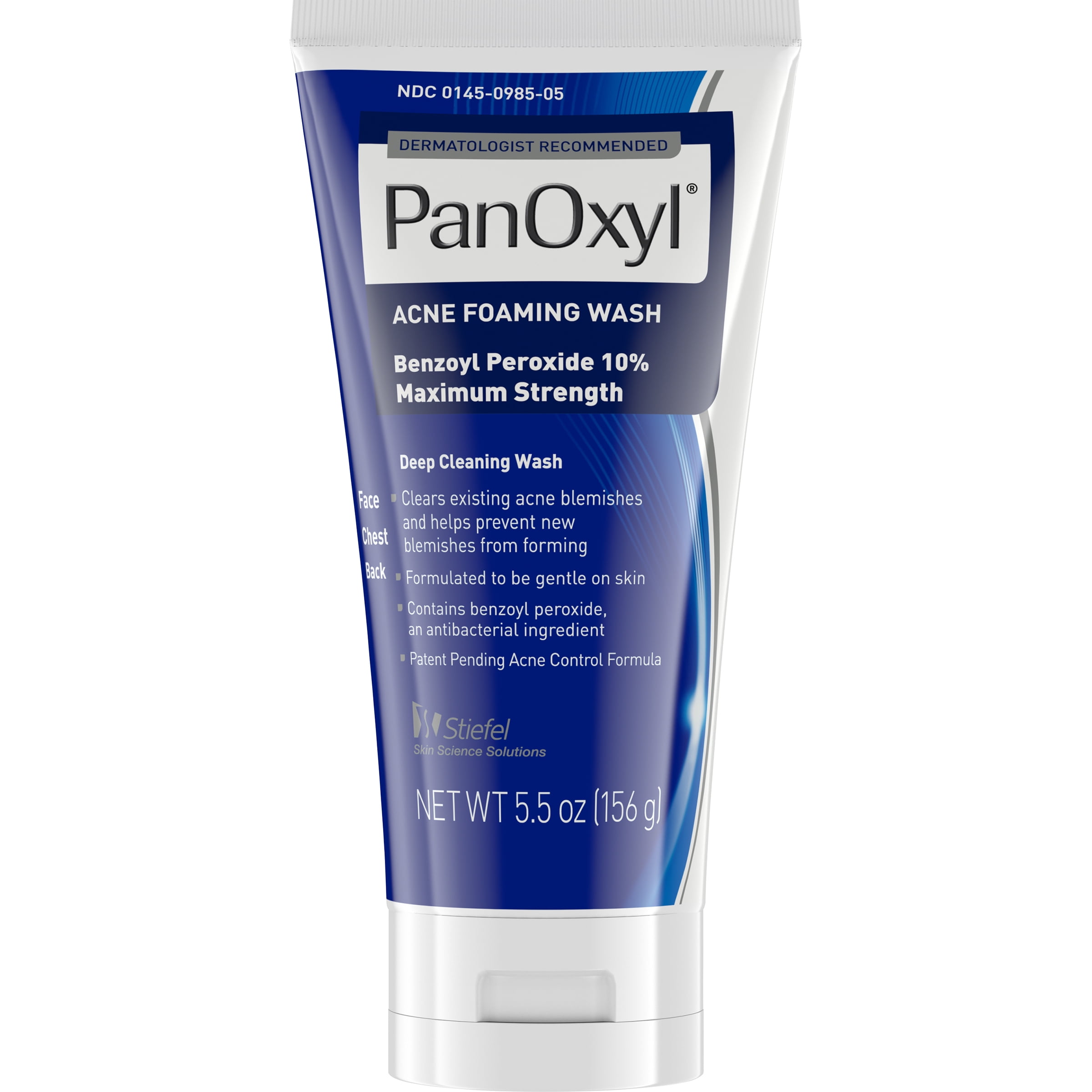
The Importance of Non-Comedogenic and Oil-Free Cleansers
For those with acne-prone skin, the choice of cleanser is vital. Non-comedogenic and oil-free cleansers are key to this choice. These products do not clog pores or add more oil to the skin — two things that can make acne worse. Non-comedogenic cleansers help to maintain clear pores, which is essential in preventing new breakouts. Oil-free formulas avoid introducing extra oil to the skin, which is often already rich in sebum due to acne. It is crucial to select cleansers that match these criteria for optimal acne management.
Using non-comedogenic cleansers has several benefits:
- Prevents Blocked Pores: Reduces the risk of pimples and blackheads.
- Maintains Skin Balance: Helps skin stay clear without over-drying.
- Suitable for Daily Use: Safe for consistent application in your routine.
Similarly, oil-free cleansers offer advantages:
- Controls Shine: Keeps the skin matte and less oily throughout the day.
- Minimizes Breakouts: Less oil means a lower chance of pore-clogging.
- Gentle on Skin: Reduces the likelihood of irritation and inflammation.
Regardless of whether your skin is naturally oily or not, these cleansers can be beneficial. They maintain the skin’s natural balance without extra oils that may provoke acne. When selecting a facial cleanser for acne, always check for non-comedogenic and oil-free on the label. Incorporating them into your acne care routine can significantly impact the health and appearance of your skin.
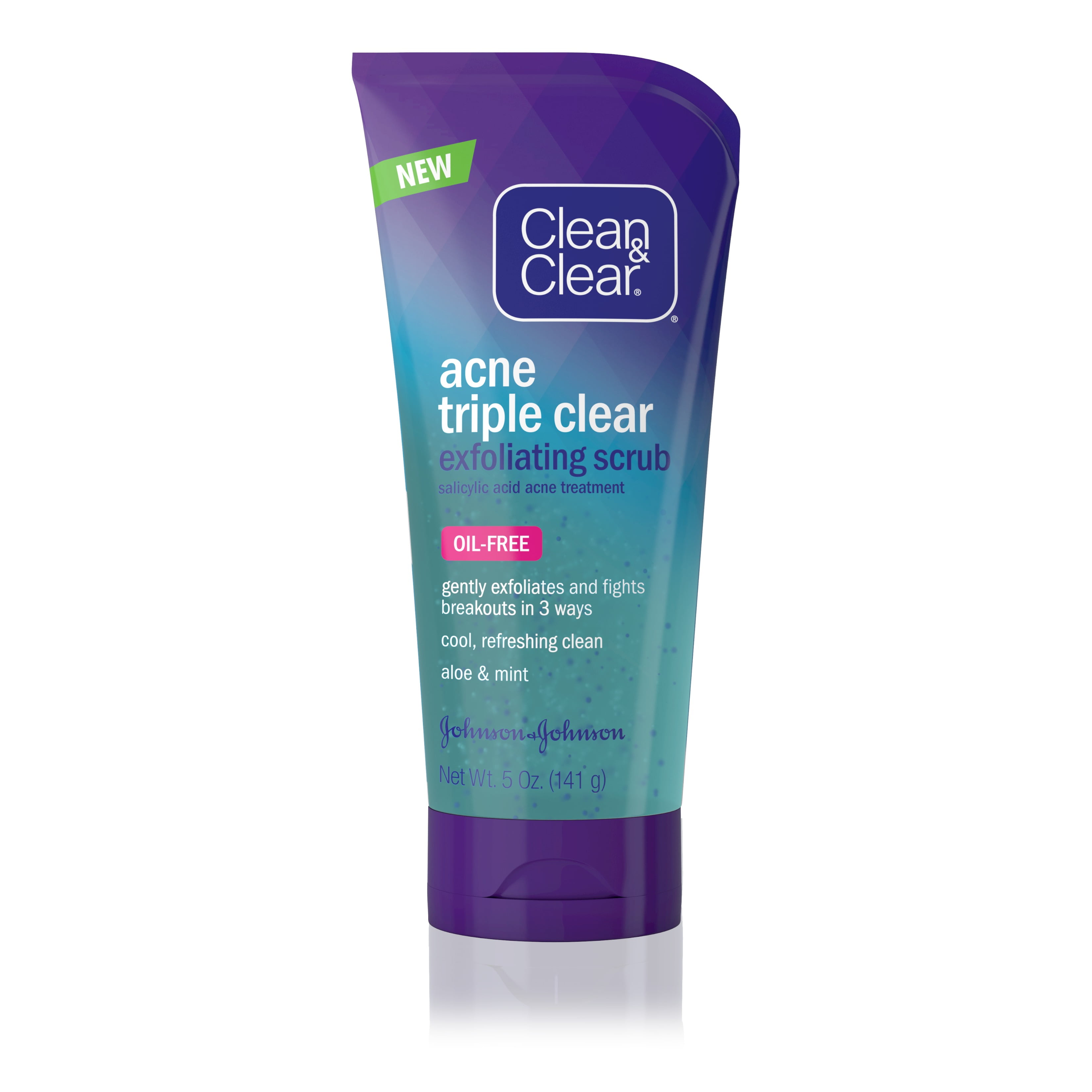
Natural and Organic Options for Acne Care
Choosing natural and organic facial cleansers for acne can be a gentle way to manage breakouts. These options often feature plant-based ingredients that calm and nourish the skin. Here are some reasons why you might opt for a natural approach to your acne skincare routine:
- Gentle on Skin: Natural ingredients can be less irritating than harsh chemicals. This makes them suitable for sensitive skin.
- Eco-Friendly: Organic products usually have a lower environmental impact during production.
- Minimal Additives: Fewer synthetic additives mean a decrease in skin reactivity and allergies.
Select ingredients known for their acne-fighting properties when choosing organic cleansers:
- Green Tea: An antioxidant that reduces inflammation and bacteria growth.
- Aloe Vera: It soothes skin and helps with redness and irritation.
- Witch Hazel: Known to tighten pores and reduce oil.
It’s essential to read labels and understand what you’re putting on your skin. Natural does not always mean non-comedogenic or oil-free, so check for these features. Always patch test a new product to ensure it doesn’t cause irritation.
In conclusion, natural and organic cleansers are a viable option for acne care. They offer gentleness and eco-friendly benefits while still addressing acne concerns.
How to Choose the Right Cleanser for Your Skin Type
Selecting the ideal facial cleanser for acne-prone skin hinges on understanding your skin type. Different skin types react uniquely to various ingredients. Here’s how to choose a facial cleanser that pairs well with your skin type:
- For Oily Skin: Seek out cleansers with salicylic acid or benzoyl peroxide. These cut through oil and help prevent breakouts.
- For Dry Skin: Choose hydrating ingredients like glycerin or hyaluronic acid that won’t strip skin moisture.
- For Combination Skin: A balanced formula with both exfoliating and moisturizing agents is ideal.
- For Sensitive Skin: Look for gentle, fragrance-free options that avoid harsh chemicals.
It’s also wise to integrate products gradually into your routine. Start with a patch test to ensure no adverse reactions occur. Remember, a cleanser that works for one person might not work for you. Pay attention to how your skin feels after cleansing:
- Feeling Tight?: Your cleanser may be too drying. Look for a more hydrating formula.
- Seeing Excess Shine?: You might need a formula designed for oily skin.
- Experiencing Redness or Irritation?: Your skin might be sensitive to an ingredient. Try a gentler cleanser.
A dermatologist can offer personalized advice based on your skin’s needs. It’s always best to consult a professional if you’re unsure. Following these steps will help guide you to the right facial cleanser for acne and create the foundation for healthier-looking skin.
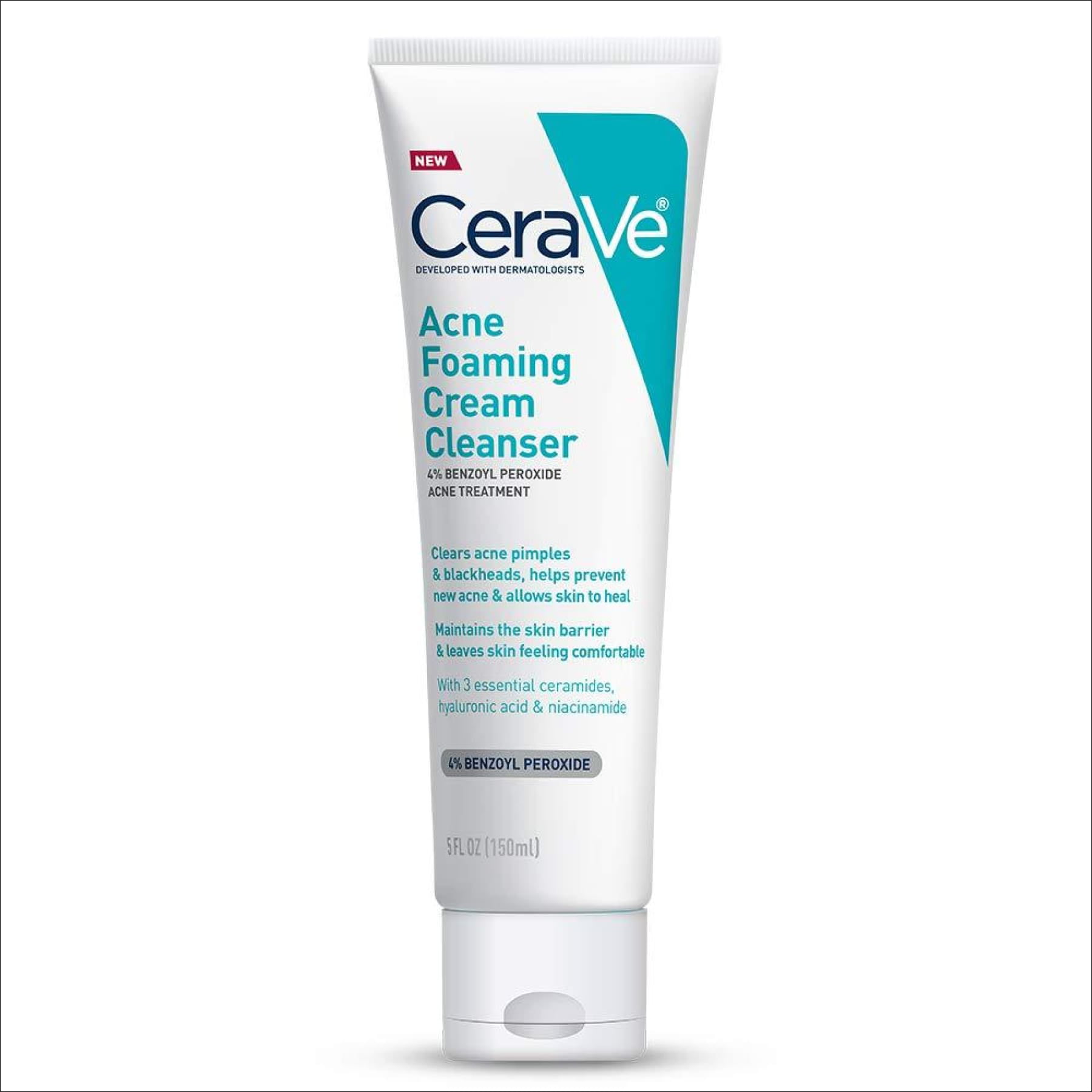
Tips for a Successful Acne Skincare Routine
Creating an effective skincare routine for acne management requires consistency and the right approach. Here are practical tips to enhance your acne skincare routine, ensuring you get the most out of your facial cleanser for acne:
- Be consistent: Use your acne-fighting cleanser twice daily. Sticking to a regular schedule helps prevent breakouts.
- Use gentle pressure: When cleansing, avoid harsh scrubbing. Use light strokes to protect your skin.
- Pat dry: After washing, pat your skin gently with a towel. Do not rub, as it may irritate skin.
- Apply acne treatments: After cleansing, apply any acne treatments. Let them absorb fully before the next step.
- Hydrate your skin: Choose a non-comedogenic moisturizer. It keeps the skin balanced without clogging pores.
- Wear sunscreen: Protect your skin with an oil-free SPF. Sun damage can worsen acne scars.
- Avoid touching your face: Keep your hands away from your skin to prevent the spread of bacteria.
- Change your pillowcase: Regularly switch out pillowcases to reduce exposure to oils and bacteria.
- Eat a balanced diet: Foods low in sugar and dairy may help reduce breakouts.
- Stay hydrated: Drink plenty of water to help flush out toxins and keep your skin clear.
Remember, each person’s skin is unique. What works for others may not work for you. Always tailor your routine to your skin’s needs and respond to how your skin feels after each step. If you experience severe acne, consider consulting a dermatologist for more specialized care. By following these tips and using a facial cleanser for acne that suits your skin type, you can achieve clearer and healthier-looking skin.
